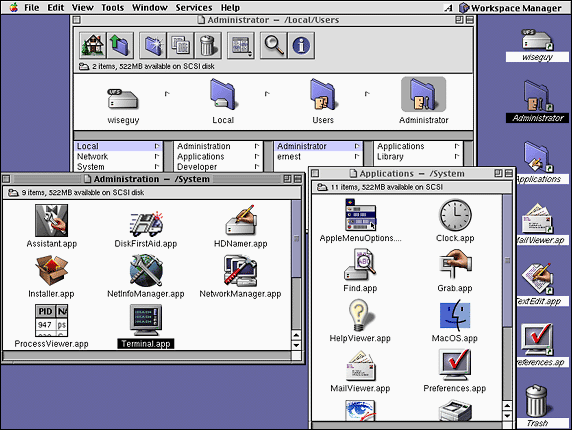
Table 5 shows the percentage of studies for each of the topics and subtopics, and in the same way, Table A1 (available in Appendix A) details each of the topics and subtopics according to which the articles were categorized. In addition to examining the studies from a technological perspective, we categorized the 94 studies based on the following learning topics with the goal of understanding the contribution of technology to education for people with ASD in terms of the specific skills that they focus on teaching: Conceptual Skills (subtopics: Language, Money, Colors, Mathematics, Programming, and Science), Practical Skills (subtopics: Health, Daily Life, and Transportation), Social Skills (subtopics: Communication, Emotions, and Interpersonal Relationships) and General Skills (subtopic: General). presented a serious game that, through geolocation, virtual reality and augmented reality, creates a virtual environment with 3D virtual monsters positioned all over the world that aim to teach children with ASD relevant educational content, such as vocabulary.

presented the Mobile Social Compass (MOSOCO) application, which makes use of augmented reality through a mobile device camera to include game elements in real social situations with the aim of developing social skills in children with ASD.

developed an exploratory study to evaluate the effectiveness of the use of Kinect as a tool to allow people with ASD to explore works of art in a touchless virtual environment and assess whether this generates greater interest in them. presented ECHOES, which is a serious game that focuses on the development of activities to promote social communication in children with ASD using an autonomous virtual agent that acts as a companion for children during their interactions with the system. proposed an application that uses virtual reality and robots with cameras to detect children’s emotions, adapt system interactions and thus develop social skills in students with autism spectrum disorder. developed a mobile application that, in conjunction with the use of Estimote Beacon sensors to identify objects, supports children with ASD in pronouncing new words and identifying their meanings. Some interesting examples of new technological approaches are the use of sensors, virtual reality, virtual agents, augmented reality, geolocation, and Kinect, as presented in the following studies. Several studies proposed the use of modern technologies to help teach skills to people with ASD. This is because the environment and context that these experiences provide are predictable and structured, which helps people with ASD to maintain their routines and repetitive behaviors without affecting their comfort. Several studies showed that most people with autism show a natural affinity for technology and a good disposition for using technology and learning through the use of computers. In what way does the use of technology contribute to the education of people with autism spectrum disorder?Īs mentioned in the previous sections, ASD is a condition that is categorized as a disability due to the cognitive disorders that people with ASD face. Instead, think of the engaging elements of why people play games-it is not just for the points-its for the sense of engagement, immediate feedback, and the success of striving against a challenge and overcoming it". Other authors have supported this argument: for example, Kapp stated, "Do not think of gamification as only the use of badges, rewards, and points. Many authors maintain that the success of a gamified system or process lies in good design and adequate feedback, among many other factors. When we talk about gamification, we tend to interpret it as a methodology where the purpose is to provide rewards to users to inspire personal and collective commitment, but this interpretation is very far from reality.

Gamification is formally defined as "the use of game elements and game design techniques in nongame contexts". The concept of gamification was developed in 2003, and its use became widespread in 2010 through the work of multiple professionals.


 0 kommentar(er)
0 kommentar(er)
